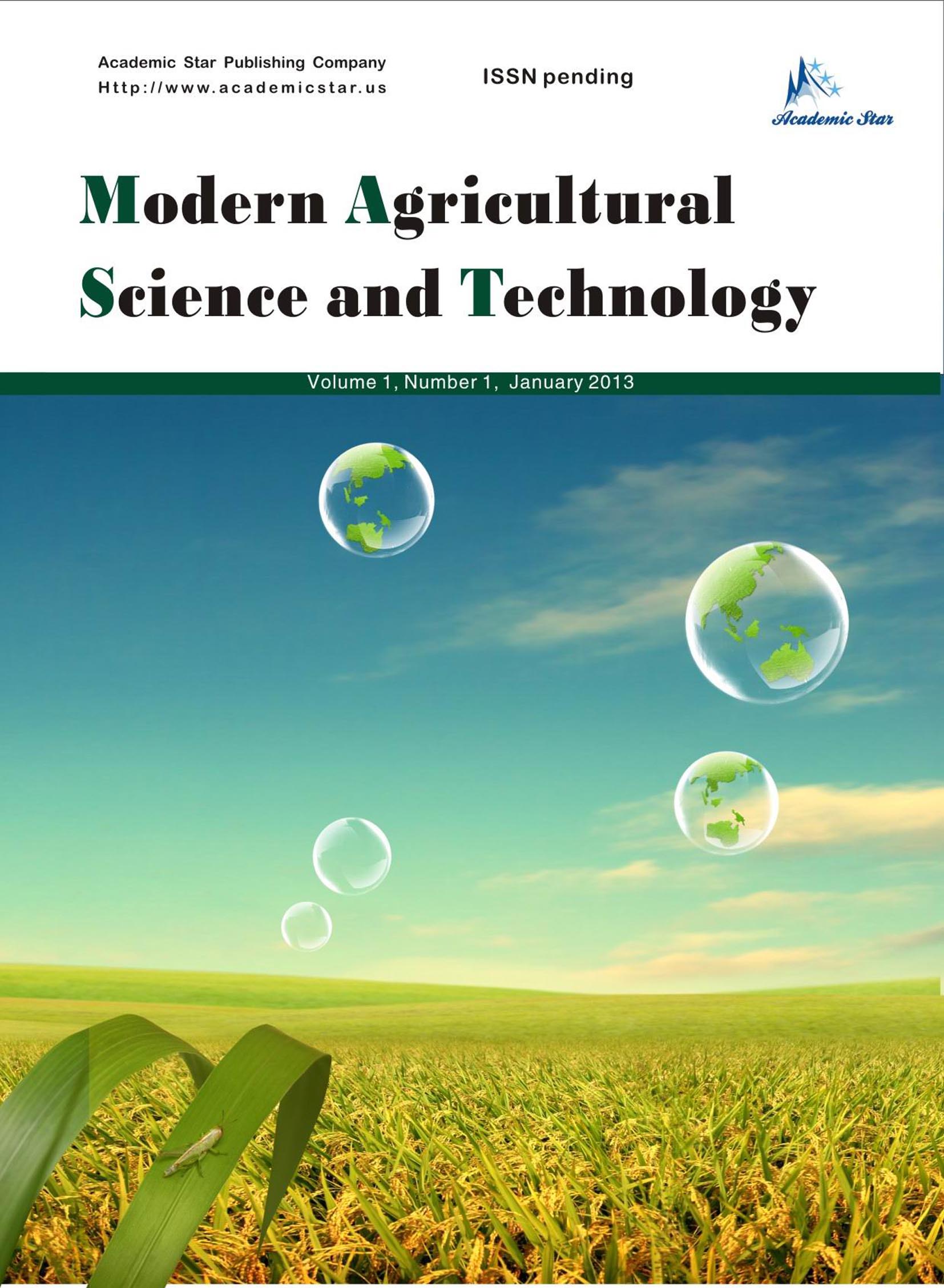Technology and Engineering

- ISSN: 2375-9402
- Modern Agricultural Science and Technology
Adoption and Intensity of Use of Push-Pull and Imazapyr Resistant Maize Technologies for Striga Control in Kenya: An Application of a Double-Hurdle Model
Backson Mwangi1, Gideon Obare1 and Alice Murage2
1. Department of Agricultural Economics and Business Management, Egerton University, Kenya
2. Kenya Agricultural Research Institute, Kenya
Abstract: We surveyed 326 households in Siaya County of western Kenya to establish the best among two alternatives in the control of Striga weed that is prevalent in the area. Push-pull technology (PPT), a combination of natural control agents and Imazapyr (IR) resistant maize technologies have been disseminated for adoption by famers. The two technologies are different in attributes and control aspects, as much as they involve trade-offs in deciding which of the two is more effective from farmers’ perspective. Furthermore, they have been promoted in a singular and mutually exclusive manner in the sense that, farmers are unable to evaluate the technologies simultaneously. We employed a double hurdle model to examine the determinants of adoption and extent of uptake of the two technologies. Our findings show several similar factors which significantly influenced the decision to adopt PPT or IR maize technology. They include: stock of education in the form of years of schooling of household head, land and household sizes, belonging to farmer group, and farm household income levels. Other factors which matter in the adoption of PPT include: age and gender of the household head, distance to the nearest administration centre and livestock ownership (measured in tropical livestock units (TLU) The decision to intensify use of PPT and IR maize technology is determined by farmer’s perception and the TLU.
Key words: push-pull technology, Imazapyr resistant maize technology, adoption, intensity of use, double hurdle model, Kenya






